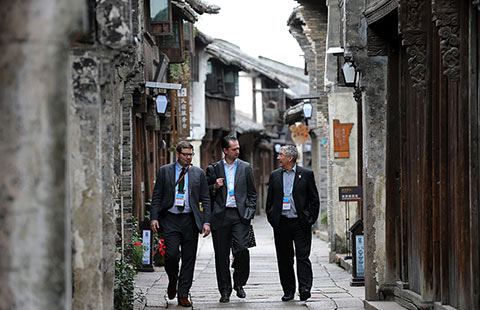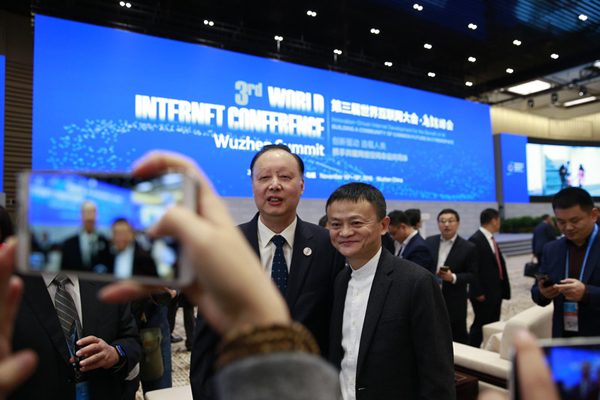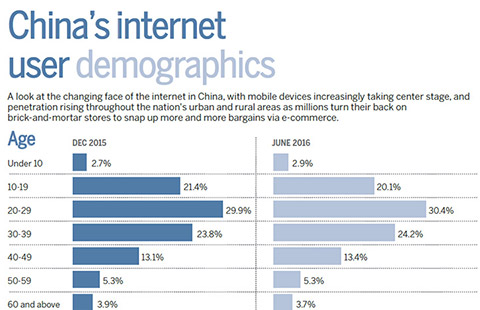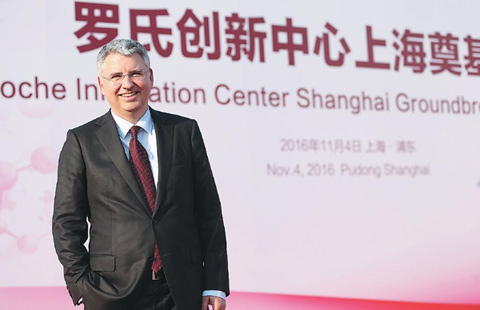Investors turn cautious as fears of a bubble loom
After a massive capital injection into the virtual reality (VR) sector from the end of 2015, investors are now becoming more cautious as an increasing number of players enter the market, fueling a bubble in the emerging sector.
According to a report by US consulting firm CB Insights, the VR deal volume worldwide plunged 37.8 percent over the second quarter of 2016 to 23 percent from the fourth quarter of 2015, when deal volume reached its peak of 37.
The amount of investment in the VR industry also experienced the same decline.
A total of $120 million were raised by companies in the industry over the second quarter of 2016, representing a 42.3 percent drop from $208 million over the last three months of 2015, the report said.
"At the moment, we cannot say that the winter for VR enterprises has come, but investors are taking a more cautious attitude," Zhao Ziming, an analyst at Beijing-based consultancy Analysys International, said.
"This helps promote healthy competition in the industry and is beneficial to its long-term development," Zhao said.
He added that the market space left for small and medium-sized market players is becoming smaller, as tech giants including Sony, HTC and Alibaba have marched into the industry.
"Investors are turning from 'investing extensively' to 'investing precisely', believing that pouring money into a few high-quality enterprises would bring them higher returns," Peter Liu, vice-president of mobile VR technology and operation provider Nibiru, said.
"But I believe it is still the optimal time for VR investment. The VR industry is still in its infancy. There is great potential for future development, given its wide range of application fields."
The Chinese VR industry has experienced explosive growth since the end of 2015, with investors placing high expectations on the industry and pouring money into the fast-growing number of VR firms, creating a bubble in the sector. Industry insiders warn that a number of VR enterprises without core technology could go bankrupt as competition intensifies.
"Investors are eager to see results, but it takes time to produce them, especially for a new technology. Having a cautious mindset while investing may be good so money goes into places where it matters," said Jason Low, a Shanghai-based analyst with Canalys.
The Chinese VR market hit 1.54 billion yuan ($230.89 million) last year and is expected to expand to 55.63 billion by 2020, according to iiMedia Research. But the lack of content for VR devices is widely believed to be the biggest bottleneck in the industry's growth.
Research conducted by Chinese e-commerce giant JD.com and market intelligence firm IDC shows that more than 30 percent of users surveyed consider the shortage of content as the primary problem.
Scarcity of VR industry applications is also an issue. According to the research, 55 per cent of content vendors are producing game content, 40 per cent are producing entertainment content, and only 5 per cent are producing industry applications.
The VR market will not mature until VR industry applications become popular, the research said.























